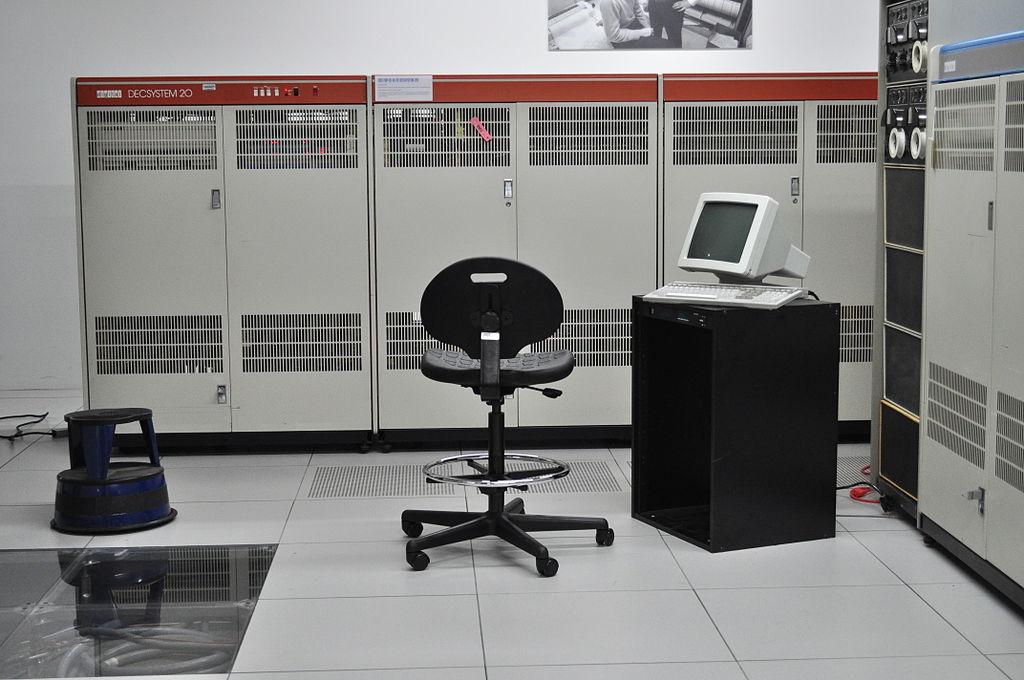From Tedium, June 30:
When it comes down to it, it’s best to think of advertising as a coordinated, decades-long campaign to annoy the heck out of you. And it works pretty well.
Today in Tedium: This is nothing new if you’ve tapped into a streaming service like Hulu recently, but ads can overwhelm you with their loudness, something people find annoying enough to fill up the Federal Communications Commission’s inbox. This has been a problem for years, one that was so bad that a straight-up law, the CALM Act, passed in the early 2010s to address it. Unfortunately, streaming services aren’t covered by the law, and have largely nullified the gains of the CALM Act. And that means, when you watch a show like The Bear, you are likely to get taken out of the moment by an annoying ad. It is, in fact, designed to do this. Annoyance is an excellent advertising strategy, a fundamental one even. Today’s Tedium talks about the relationship between advertising and annoyance. — Ernie @ Tedium
Today’s GIF comes from an episode of Late Night With Conan O’Brien, which had a one-time character named Barry Caldwell, the guy who wants you to know that he is not annoying. He doesn’t live up to the name.
“Any attempt to make the radio an advertising medium, in the accepted sense of the term, would, we think, prove positively offensive to great numbers of people. The family circle is not a public place, and advertising has no business intruding there unless it is invited.”— An op-ed, published in the advertising publication Printer’s Ink in April 1922, an advertising publication, discussing the emergence of the advertising model for radio The piece noted that there was a distinction between print and radio advertising: “The man who does not want to read a paint ad in the newspaper can turn the page and read something else. But the man on the end of the radio must listen, or shut off entirely. That is a big distinction that ought not to be overlooked.” It was of no use.

The computer that led DEC to spam hundreds of ARPANET users. (Wikimedia Commons)
The first marketing message on ARPANET really pissed off a lot of people
In many ways, advertising is always meant to be a distraction. An intentional one, even. After all, just think about how billboards work, for example. In their most effective setting, they represent focal points in a sea of dead space, commanding your attention because you are a captive audience, insisting on being right there, not even asking for permission in the equation.
They know you’re stuck. If you’re in a classroom and Channel One News starts playing, you should know that you’re committed to watching, even if the ad for Twix annoys you. And unless you want to pay for YouTube Premium or subscribe to a premium feed, know that most videos have some sort of ad in them, mildly frustrating you.
But what if you’ve never experienced such a mild frustration or distraction before? What if you used a medium where you never before experienced the annoyance of advertising? What would that feel like?
In 1922, as NPR reports, New York’s WEAF (now WFAN) played a short promotion for the Hawthorne Court Apartments in Jackson Heights, representing the first-ever advertisement in a broadcast medium. It was the idea of AT&T, which owned WEAF at the time, and had developed much of the station’s infrastructure (using its Long Lines coaxial cable service) with the idea of advertising in mind, a concept the company called “toll broadcasting.”
AT&T eventually sold the radio station to the modern-day NBCUniversal. The ads stayed, and eventually moved to NBC’s next broadcasting medium, television....
....MUCH MORE